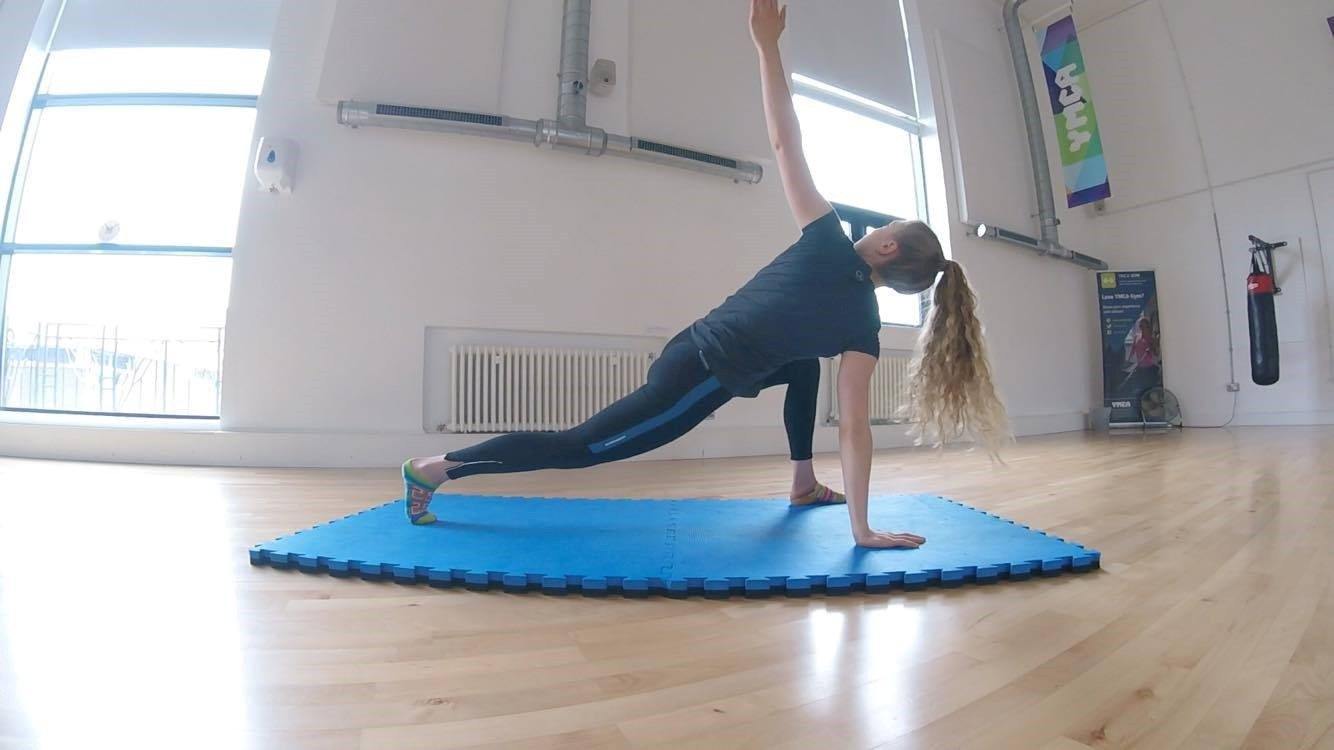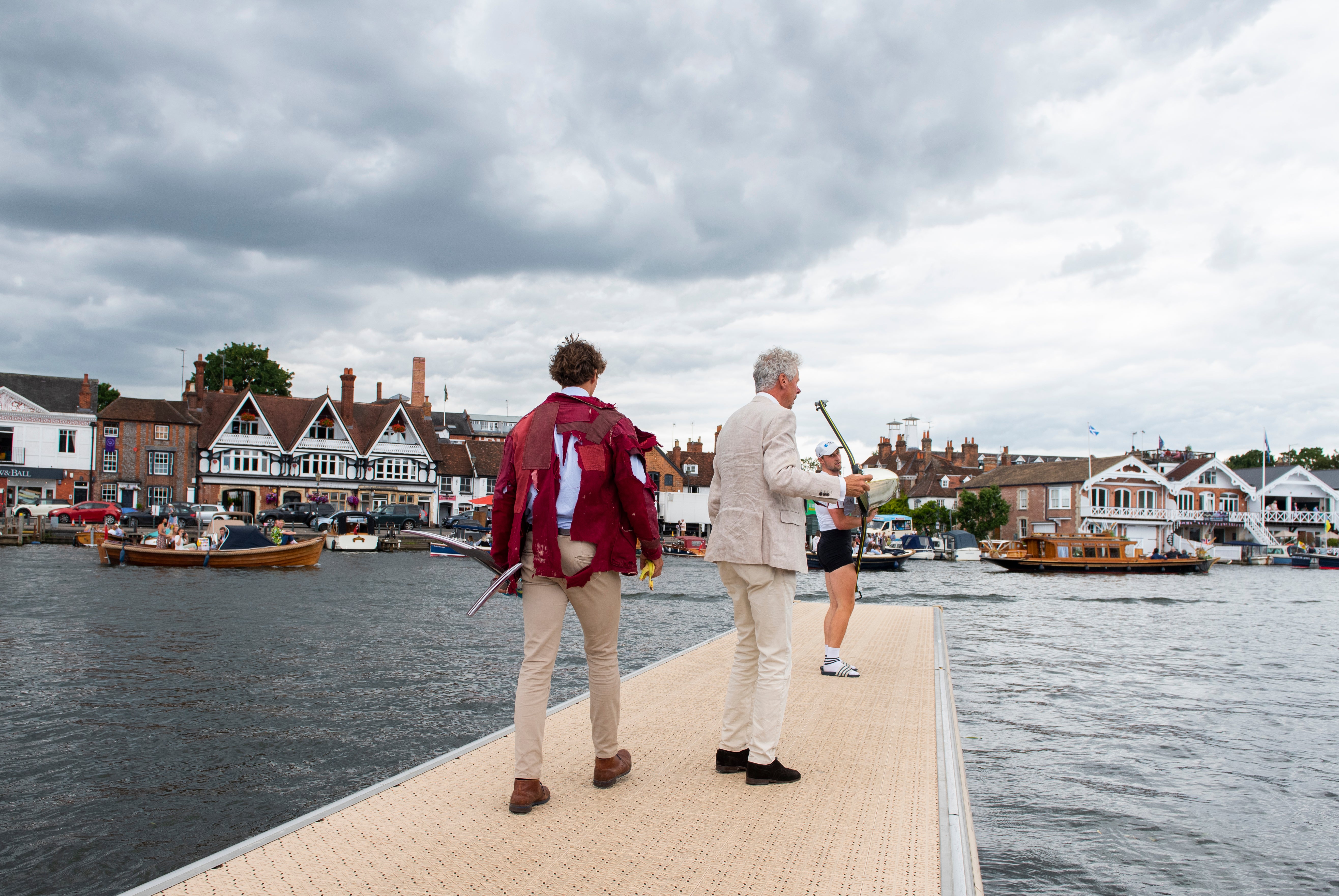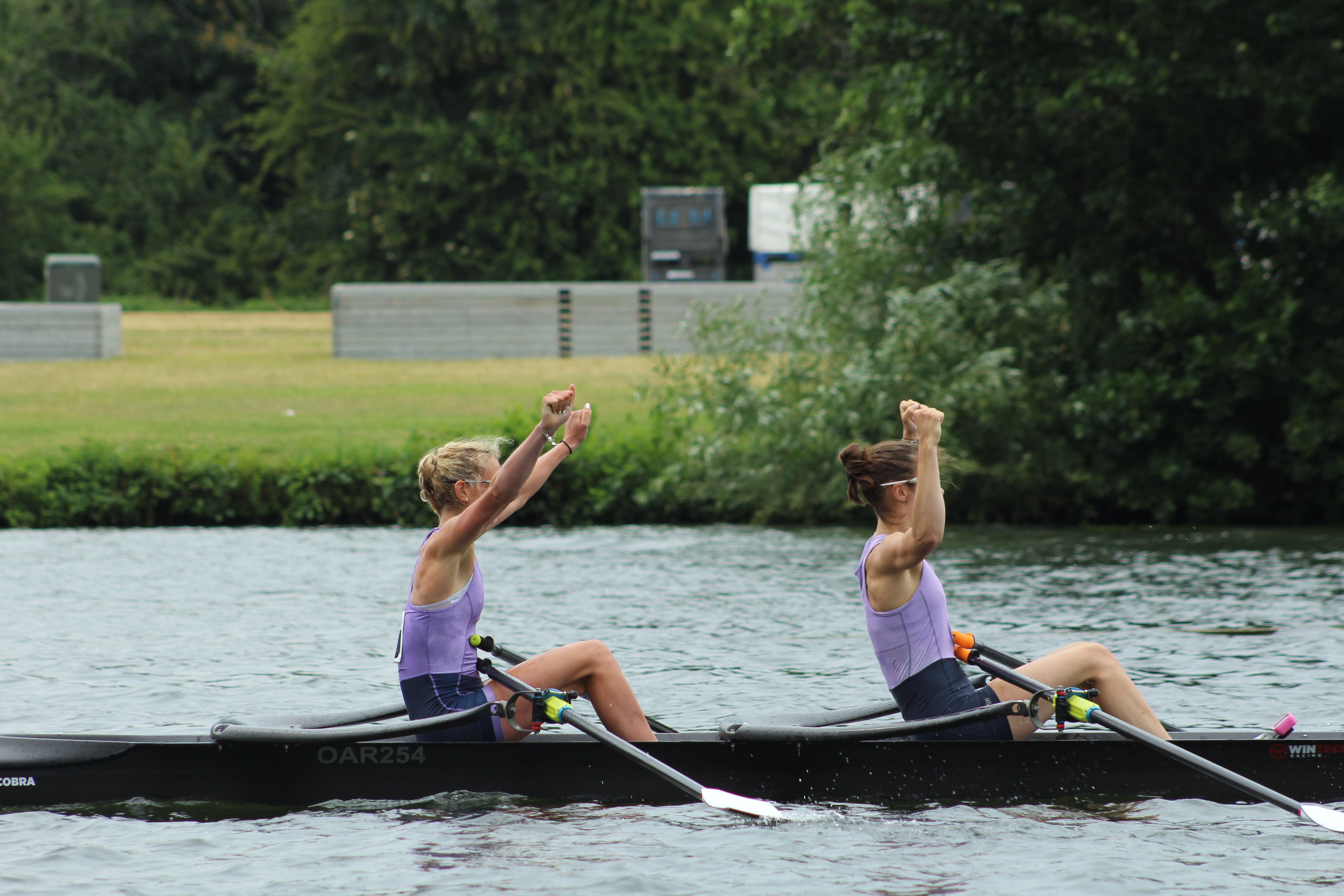Rowing Warm Up Exercises

When we arrive at the club sometimes the last thing we think about is a good warm-up routine before going out on the water. After all, we do "warm ups" in the boat, right?
However, reported benefits of warming up include; enhanced physical performance, reduced muscle soreness and injury prevention.
Ellie Travis, former rower and founder of GridIron.Strong, provides us with expert insight into some great warm up techniques to do before your water session.
Over to you Ellie....
A good warm up is essential to performing your best. They should include active movements of low-medium intensity to raise the body’s temperature, warming tissue and improving range of movement.
Here are 5 tips to make the most of your warm up:
-
Develop a stretching programme suitable to the needs of the activity, age and skill. A common mistake is to simply warm up the lower limbs. However, rowing is a full body activity, involving the arms, back, legs, glutes and core. It is therefore important to not leave anything out which could put the body at risk of injury.
You can also tailor the warm-up according to how you’re feeling on the day. For example, if your lower back is feeling stiffer than usual you might wish to spend a little longer warming up this area compared to other areas.
-
Stretching should be included as part of the warm up and should last for around 15-20 minutes. Static stretching should be left alone until completion of training or a race. Instead you should use dynamic stretching to raise the heat rate and take the joints through their active available range of motion. Such stretches are better prior to performance and will not reduce strength levels in performance, as static stretching has been reported to.
-
Never stretch into pain, stretch to ones level of tolerance.
You should never push the joint beyond its capabilities to a level of pain. Remember pain is your body telling you something is not right, so stop! As a rower you might feel immune to this feeling but for stretching it is important not to ignore this feeling. By doing so you put yourself at risk of injury. And no one wants to risk their seat in the boat!
-
Think about the timing of the warm up.
There will be times when you are waiting around for long periods of time between races. Here the body will lose the benefits of the previous warm-up. And so, it is advisable to perform another short warm up of 5-10 minutes to make sure your body is in optimal condition before racing. You might also wish to wear multiple warm layers to help retain heat to keep the body warm, such as tracksuit pants and thermal skins.
-
Progress the warm up – simple/slow to fast/complex.
A warm up should have a gradual progression in both temp (slow, medium, fast) and complexity (simple to complex). For example, you wouldn’t run before you can walk! This helps ensure a gradual warm up of the body’s tissues and of mental readiness. Individuals will get better results with this technique and a decreased risk of injury within the warm up itself. The movements may be mildly aerobic and should work the full range of movement allowed by the individuals body at that particular joint.
Here are 6 exercises to perform prior to training to ensure an optimal warm up.
1. Y.T.W.
- Lie face down on the floor.
- Using your arms, create the letters ‘Y’, ‘T’. ‘W’ in three separate movements (this is one repetition).
- Arm movements should be small and controlled, with a smooth transition. Movement should be isolated to the shoulder. Keep your neck in neutral.
- Count and hold ‘Y’ and ‘T’ for 1. When in the ‘W’ position hold this for 2 counts before moving onto the next repetition. Note: imagine you are pinching your shoulder blades together in the ‘W’.

2. Aeroplane Walks
- Step onto your left leg with your arms out in line with your shoulders.
- Keeping tall in the trunk, hinge from the waist, bringing your right leg out straight behind you.
- Maintain a straight-line from the head to toe.
- Try to maintain balance in this position for 2 seconds.
- Step the right leg through.
- Step onto the right leg and repeat.

3. Spiderman With Twist
- Assume the push up position
- Bring your left food forward to the outside of your left hand. Hips should drive forward into the stretch. Place the heel on the floor.
- Take your left hand and reach up towards the sky. Allow your eyes to follow the hand. Hold for 2 seconds.
- Return to the starting position.
- Repeat on alternate legs.

4. Forearm Rock
- Sitting on your heels, place your forearms on the floor in front of you.
- Slide your knees and feet out to the side. Allow your stomach to sink towards the floor.
- Gently rock forwards and back, onto the forearms and back into the hips.
- Continue.

5. Downward Dog
- Begin on your hands and knees, with your hands aligned under your shoulders and your knees under your hips.
- There should be equal space between each finger. Ensure the middle finger is pointing straight ahead.
- Tuck your toes under and walk your hands forward in front of your shoulders. With your hands and toes planted lift your hips towards the sky. Straighten your legs and sink heels towards the floor.
- Press your chest towards your thighs, and bring your head between your arms.
- Lengthen up through the tailbone.
- Hold for 10 to 15 seconds and then begin to walk the feet on the spot for 10 counts.

6. Sit to Stand
- Begin with your feet wider than shoulders width.
- Sit down into a squat, sinking the tailbone towards the floor.
- Hold for a count of 6.
- Hold onto the toes and slowly straighten the legs.
- Sink back into the deep squat.
- Repeat

Ellie Travis is the founder of GridIron.Strong.








